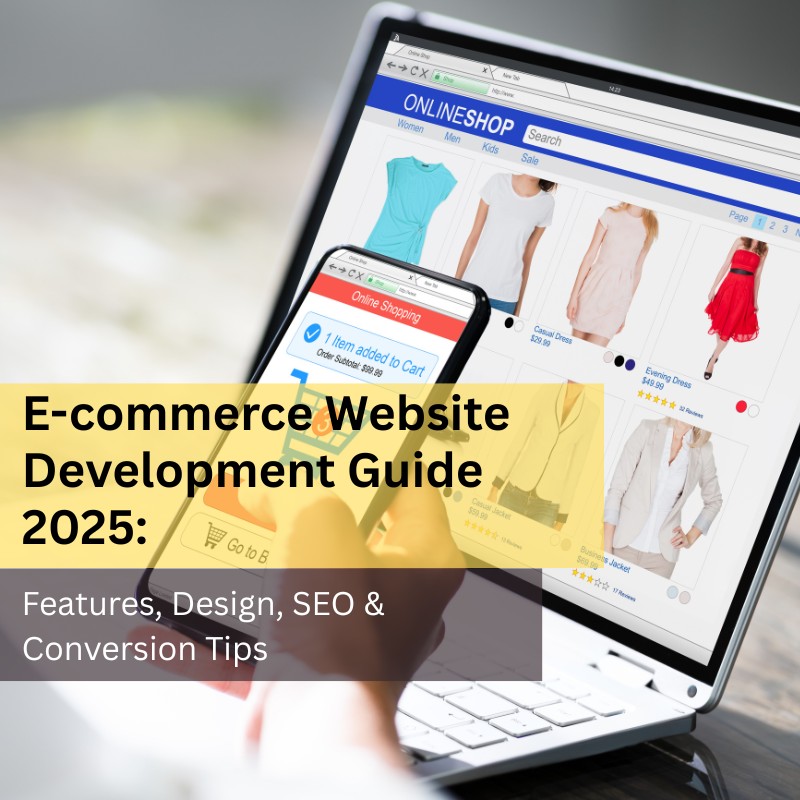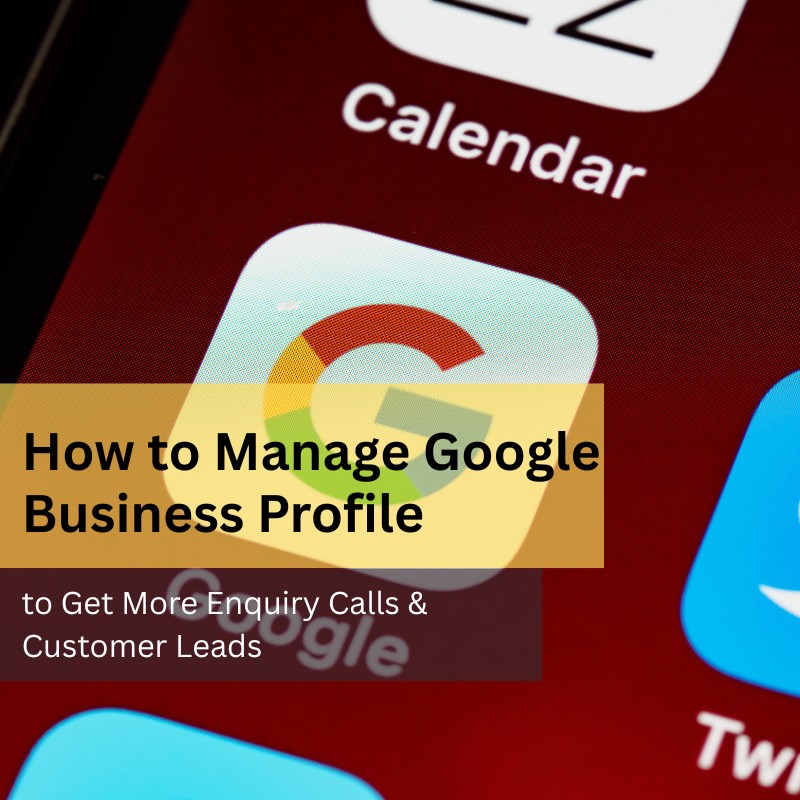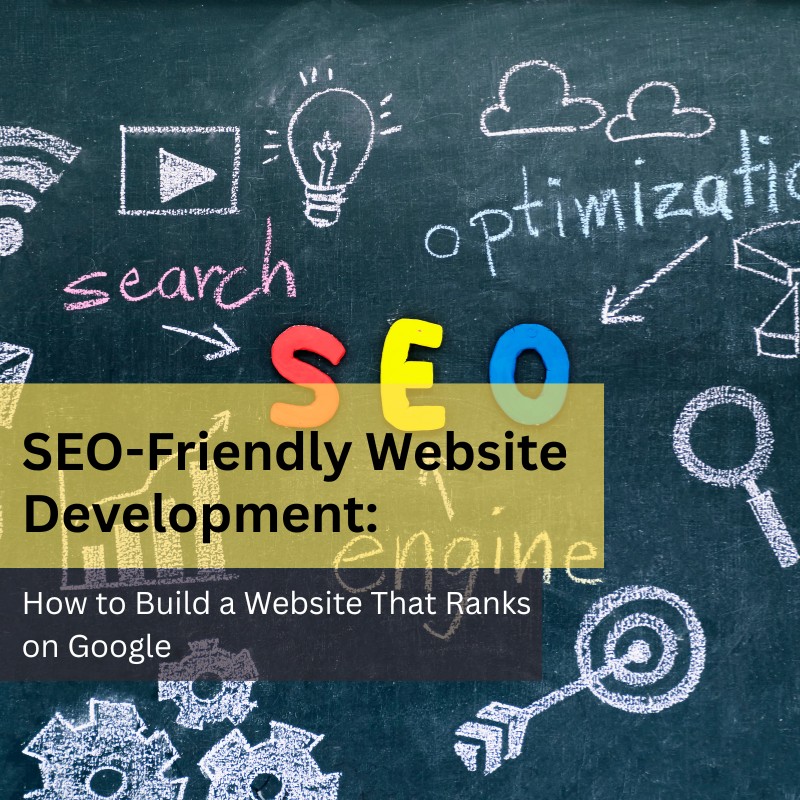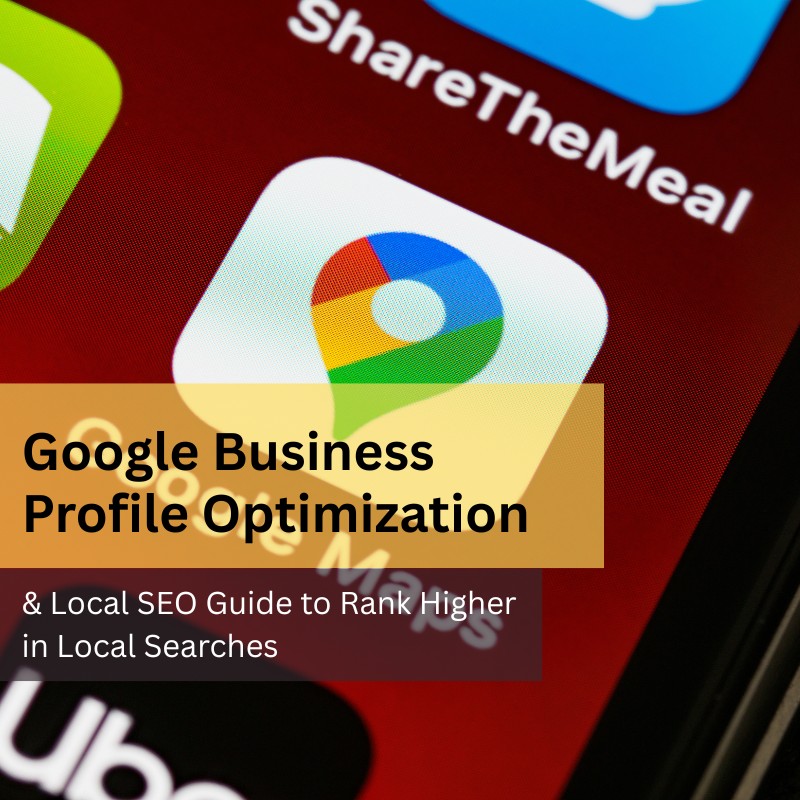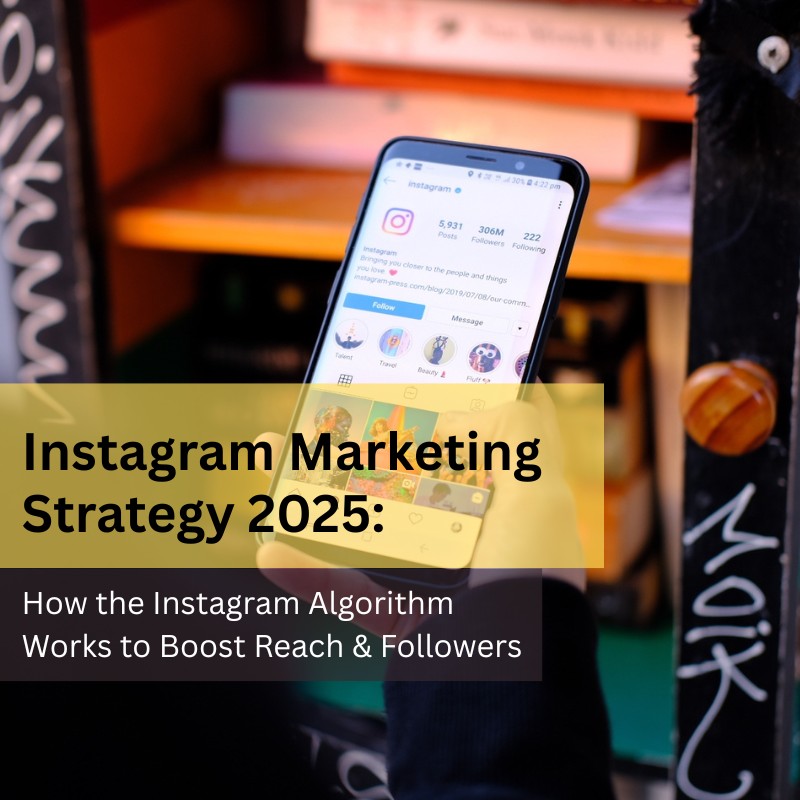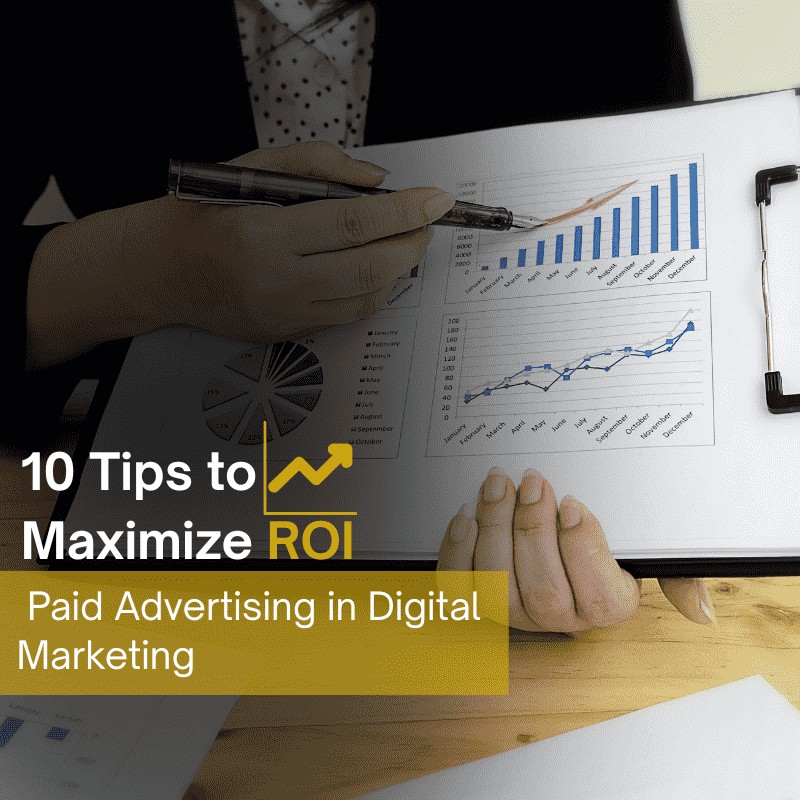
1. Set Clear Goals
Before spending a single penny, be clear about what you want to achieve. Are you looking for website visits, app installs, sales, or brand awareness? Setting a clear goal helps you choose the right platform, format, and budget for your campaign. Without a goal, it's like driving without a destination.
2. Know Your Audience
This is the heart of all digital marketing strategies. Who are you targeting? What are their interests, behaviors, age, or location? Use tools like Facebook Audience Insights or Google Analytics to define your ideal customer. The more specific you are, the better your ads will perform.
3. Choose the Right Platform
Not all platforms work the same. If you’re targeting young people, Instagram might be better. For professionals, LinkedIn works well. Google Ads is great for search-based intent, while Facebook Ads are good for detailed targeting. Focus your budget where your audience spends time.
4. Start with a Small Budget and Test
Don’t go all-in with a huge budget on day one. Start small. Run test ads with different headlines, images, or offers. This helps you understand what works and what doesn’t without burning your budget.
5. Use Attractive Images and Clear Text
People scroll fast, especially on mobile. Your ad needs to stand out. Use eye-catching images or videos and write copy that’s clear and direct. Address your audience’s pain points and offer a solution. A strong call-to-action (like “Shop Now” or “Get a Free Trial”) also boosts clicks.
6. Keep an Eye on What’s Working
To get better results, you need to know which ads are bringing visitors and which ones are not. Use tools like Google Analytics to see where your traffic is coming from and what people do after clicking your ad. This helps you stop wasting money on ads that don’t work and focus on the ones that do.
7. Focus on Landing Page Experience
Clicking the ad is just step one. Where the user lands matters too. Make sure your landing page is fast, mobile-friendly, and matches the message in your ad. A confusing or slow website will kill conversions, no matter how good your ad is.
8. Retarget Your Visitors
Not everyone buys on their first visit. Retargeting helps you show ads to people who visited your website but didn’t take action. This is often cheaper and more effective because the audience is already familiar with your brand.
9. Optimize Regularly
Set it and forget it? That’s a big no. Paid advertising in digital marketing requires regular check-ins. Pause underperforming ads, update visuals, tweak headlines, and test new strategies. Small changes can lead to big improvements over time.
10. Learn from the Data
Every ad campaign teaches you something. Dive into the data—see which demographics are converting, what times work best, which device users prefer, and more. This insight helps you fine-tune future campaigns for even better ROI.
In conclusion
Paid advertising in digital marketing doesn’t have to be complicated or expensive. With the right approach, even a small business with a limited budget can see great results. The key is to plan smartly, test continuously, and always keep learning from the results.
Remember, success doesn’t come overnight. But with patience and the right strategies, you’ll see your investment turn into real growth for your business.
Have you tried paid advertising in digital marketing yet? If not, now’s a great time to start small, stay focused, and watch your efforts pay off.


